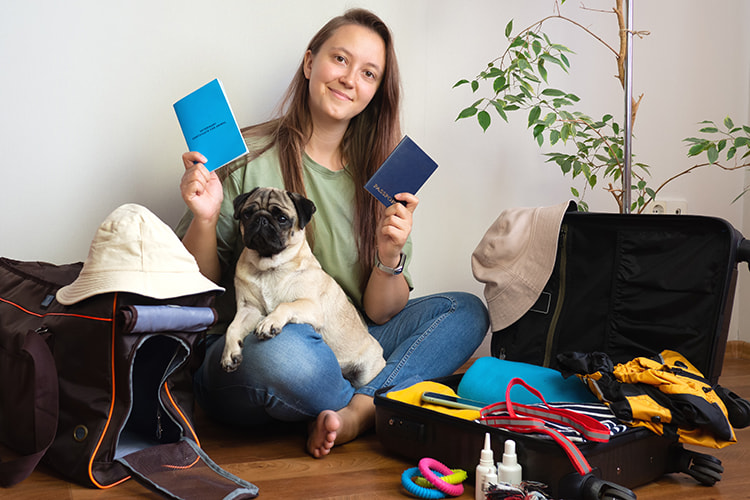
Nothing replaces a good plan and an ounce of preparation when it comes to emergencies and evacuations. From “go bags” and emergency kits to community resources and a solid evacuation route, having an evacuation plan for you and your family is one of the most important things you can do. Here’s what you need to know to make evacuation plans and build emergency kits that meet your unique family needs.
Recognizing Potential Threats
Your potential threats will differ depending on where you live (geographically). That means you’ll need to plan differently for evacuations and emergency kits. For instance, in many coastal regions, the threat of hurricanes is greater than the threat of earthquakes, wildfires, and other types of disasters. On the other hand, even places that are somewhat insulated from many natural disasters may be vulnerable to riots, looting, and chemical spills. You need to understand the specific threats most likely in your area and plan with those threats in mind.
Building an Evacuation Plan
There’s a lot that goes into evacuating your home. Depending on your family, you may have special needs that must be addressed, such as emergency medications, pet supplies, baby supplies, unique nutritional requirements, etc. With that in mind, in addition to planning the most practical evacuation routes out of the area from your home, you should also work to create a plan for family members if one or more of you are away from home when the need arises. You can’t always count on cellular towers and instant communication. It would be best to have a plan before the emergency.
Emergency Kit Essentials
When planning emergency kits, there are a few essential items you’ll want to make sure you have packed and ready to go, including the following:
- Non-perishable food items (include energy bars, protein shakes, and similar items).
- Bottled water.
- Clothing items for every family member.
- Pet supplies. Don’t forget to include a comfort toy for your pet, your pet’s favorite treats, and your pet’s travel carrier. Yes, even Fido needs his own “go bag,” too.
- A first-aid kit.
- Blankets.
- Hygiene items for each family member (soap, shampoo, toothbrushes, hand wipes, etc.).
- Non-electronic entertainment for children and adults (games, coloring/activity books, cards, etc.).
- Medications. If you have a family member with specific needs for refrigerated medications, make sure someone is responsible for retrieving those medications on the way out the door).
- Documents.
- Flashlights, lighters, and other emergency equipment.
- Cash. If power is out for an extended period or throughout the region, you won’t be able to count on ATMs and credit cards; you’ll need cash available.
- Paper maps. Electronic or GPS disruptions could render standard navigation useless in a significant emergency.
Having all these items packed in a bag and ready to grab and go can make a difference in your efforts to evacuate quickly in an emergency.
Financial Components of an Emergency Kit
Cash is king when building an emergency kit. While having a credit card and bank card designated for these situations is good, there is no guarantee that retailers will be able to process either. It is best to set aside a few hundred dollars of emergency cash in addition to digital or electronic options.
Digital Preparedness
To ensure access to vital documents during long-term emergencies or if your home or business is destroyed, actively back up important documents such as insurance, medication lists, medical records, and mortgage information. Use both a thumb drive and an accessible cloud storage service for redundancy. This proactive approach guarantees the availability of these crucial files when you may not have physical access to them.
Understanding Community Resources
Before an emergency arises, actively inform yourself about community evacuation resources. Know where to go if you cannot leave your area, choose to stay during a disaster, or return home to new challenges requiring assistance. These resources may include waste disposal, power restoration, cleanup services, and access to clean water. Familiarizing yourself with these options ensures preparedness for various scenarios.
Takeaways
Knowing what to do and where to go in an emergency can make managing the unknown easier for everyone. Having a plan in place and the supplies you need on hand can significantly improve your odds of survival when disasters occur.